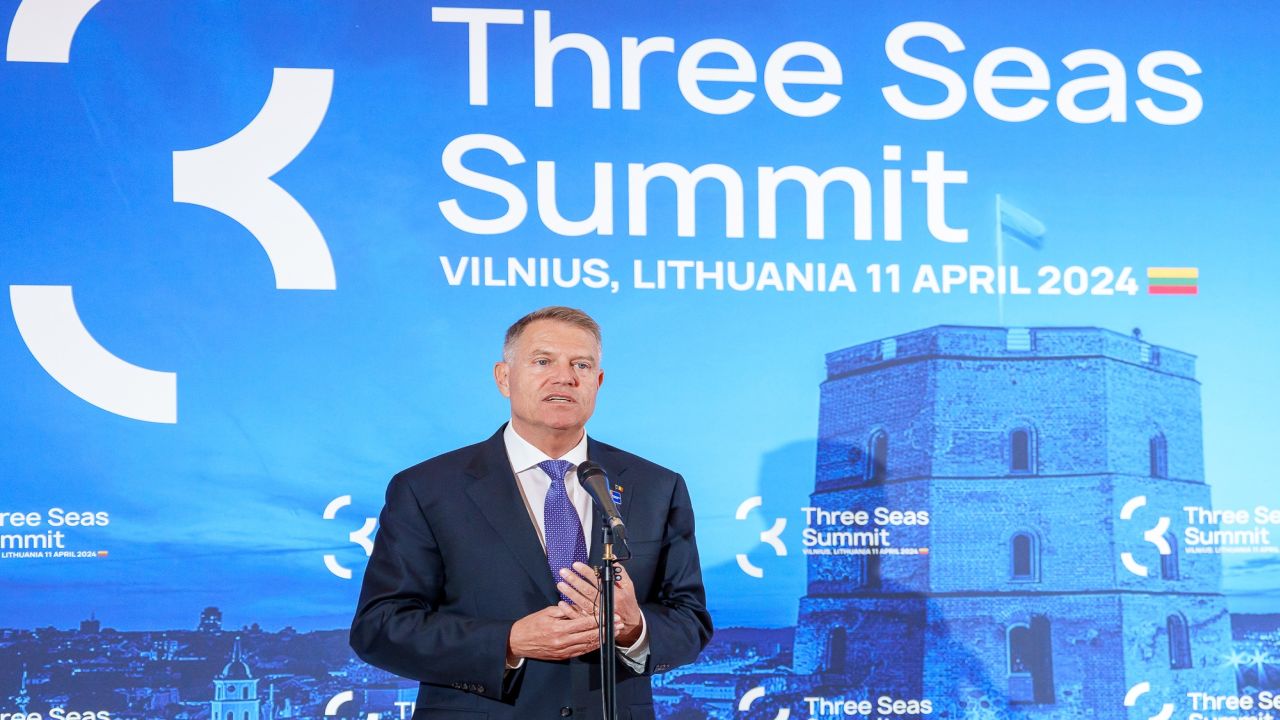În cadrul celui de-al nouălea summit al Inițiativei celor Trei Mări, procesul de aderare al Japoniei ca partener strategic al Inițiativei a fost finalizat.
Anunțul a fost făcut de Președintele României, Klaus Iohannis, pe platforma X (fostă Twitter).
In Vilnius 🇱🇹, for the 9th Three Seas Initiative Summit, to promote transport, energy & digital infrastructure connections on the EU’s North-South axis, and to stimulate business. Glad to welcome 🇯🇵 as #3SI 4th strategic partner, along with 🇺🇸, 🇩🇪, and the European Commission 🇪🇺. pic.twitter.com/XHJpcQ4Ypx
— Klaus Iohannis (@KlausIohannis) April 11, 2024
În cadrul aceluiași eveniment au participat și președinții Finlandei și Muntenegrului, țări care nu sunt membre ale Inițiativei.
În Finlanda partidul Perussuomalaiset (populist de dreapta) susține aderarea Finlandei la Inițiativă iar după alegerile din aprilie 2023, în urma cărora la putere a ajuns o coaliție de dreapta, Finlanda a devenit mult mai interesată de acest proiect.
În Muntenegru, interesul pentru inițiative occidentale a crescut treptat după 2020, odată cu înfrângerea DPS în alegerile din 2020 și căderea în dizgrație a lui Milo Đukanović care condusese țara de la proclamarea independenței față de Serbia.
Context
Discuția privind cooptarea Japoniei ca partener strategic a început în urmă cu fix un an cu ocazia vizitei președintelui României la Tokyo unde a fost primit de Împăratul Naruhito cu ocazia depășirii centenarului de la stabilirea relațiilor diplomatice dintre cele două țări.
În cadrul discuțiilor de la cel de-al optulea summit, ținut anul trecut la București, cooptarea Japoniei în proiect a fost unul din elementele aduse de președinția românească.
Japonia s-a arătat interesată de participarea în orice formă la Inițiativa celor Trei Mări încă din anul 2021 iar cooperarea japoneză s-a intensificat după escaladarea rusească în Ucraina începută în 2022.
Președinția Inițiativei este asigurată rotativ, pentru aproximativ un an, de către țara care organizează următorul Summit. Poziția a fost deținută de România până în septembrie anul trecut. După terminarea lucrărilor Summit-ului de la Vilnius, președinția rotativă va fi preluată de Ungaria până la organizarea Summit-ului de la Budapesta în 2025.
Inițiativa celor Trei Mări este o platformă la nivel prezidențial ce reunește Austria, Bulgaria, Croația, Cehia, Estonia, Ungaria, Letonia, Lituania, Polonia, România, Slovacia, Slovenia și Grecia, cea din urmă aderând în 2023 la Summit-ul de la București. Ucraina și Moldova participă în calitate de parteneri.


